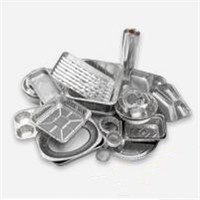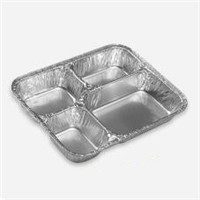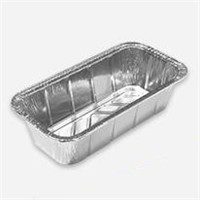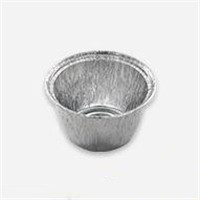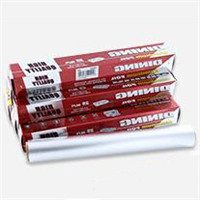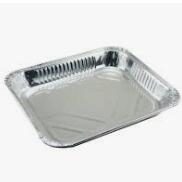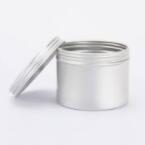1. The use of tinplate
Tinplate is widely used today. From being used as food packaging, chemical packaging, gift packaging and other miscellaneous cans, the advantages and characteristics of tinplate provide products with good protection in physical and chemical properties.
1. Food tins
Tinplate can ensure food hygiene and safety, reduce the possibility of food corruption, effectively prevent health risks, and meet the needs of modern people for convenience and speed in eating.
2. Liquid cans
Tinplate cans are used for various beverage packaging multiple times. Due to the high processing performance of tinplate cans, its can shapes are diversified. Whether it is high, low, large, small, square or round, it can meet the diversified needs of today’s beverage packaging. Consumer preferences.
3. Spray or other miscellaneous cans
High temperature and high pressure resistant tinplate cans, especially suitable for high pressure filling spray cans.
2. The advantages and characteristics of tinplate cans
1. Good sealing
The barrier properties of tinplate packaging cans to air and other volatile gases are very important for the preservation of nutrients and sensory quality. Comparison of various beverage packaging cans proves that the oxygen transmission rate of tinplate cans directly affects the browning of beverages and the content of vitamin C. Preservation: Metal cans, glass bottles and aluminum foil laminates with low oxygen permeability have better preservation effects for vitamins> C.
2. Opacity
In addition to the deteriorating reaction of food, light can also cause changes in protein and amino acids. However, vitamin C is more likely to interact with other food ingredients by exposure to the pipeline, resulting in a large amount of loss.
4. Reduction of tin
The tin on the inner wall of the tinplate will interact with the remaining oxygen during filling, reducing the chance of food ingredients being oxidized. The reduction effect of tin has a better preservation effect on the flavor and color of light-colored fruits, because the juice is packed in unpainted tin cans It has better nutrition preservation than other packaging materials in juice jars, the browning is slightly changed, the flavor quality is better accepted, and the storage period is prolonged.
2. Environmental Recycling of Tinplate Cans
1. Low pollution
The main raw material tinplate in tinplate cans is environmentally harmless and can be naturally decomposed, because when the cans are in the environment, they can naturally oxidize back to the original iron oxide state, return to nature, and will not remain and cause environmental pollution. At the same time, there is no need to cut down trees to make tin cans, which will not damage the ecological balance.
2. Recyclable
The iron can itself has a characteristic that other packaging materials do not have-the ability to be adsorbed by magnets. In this way, the magnetic separator is used to separate the iron cans from the waste by magnetic force. This characteristic can easily achieve the recycling of garbage cans. Effect.



